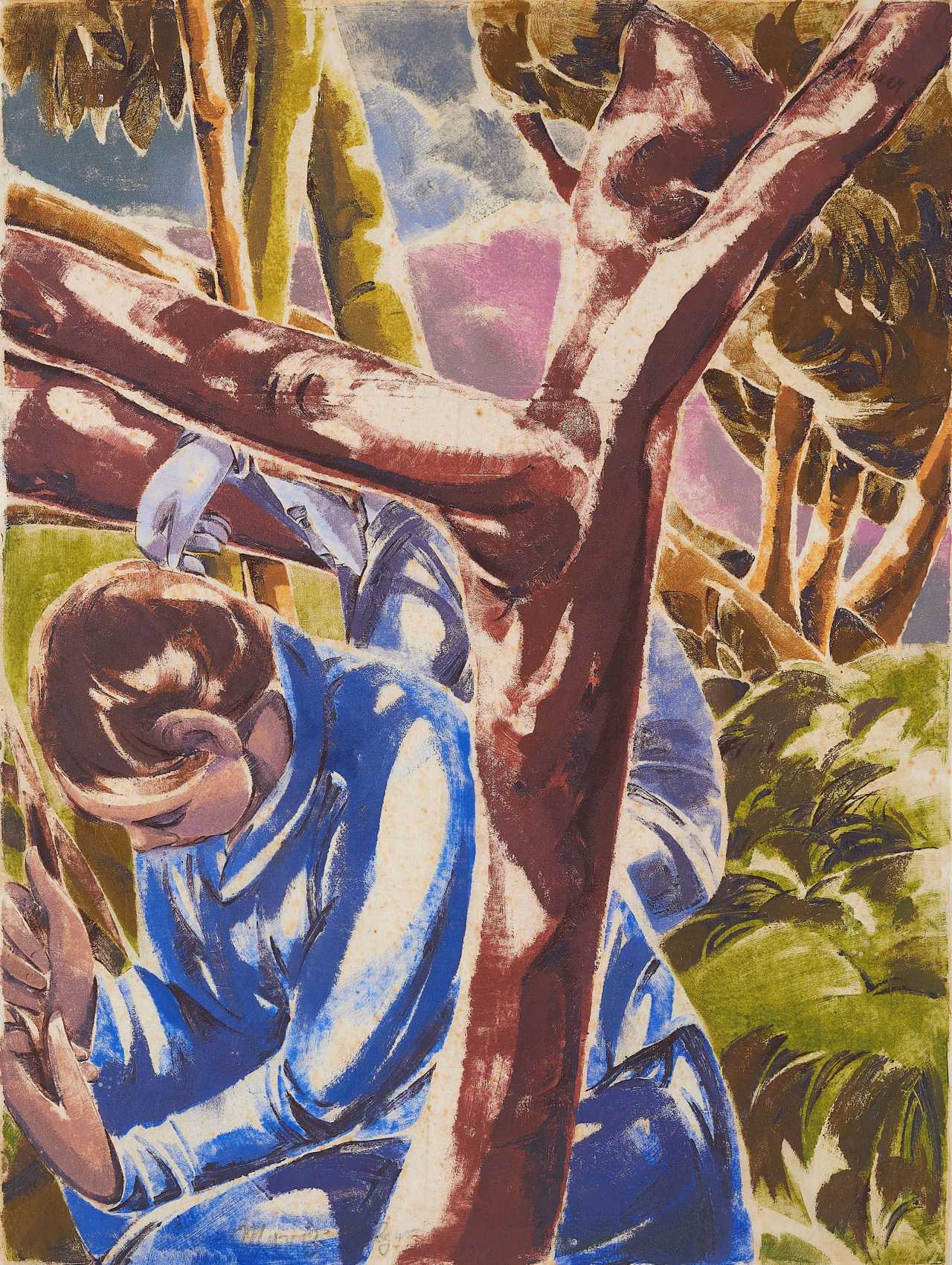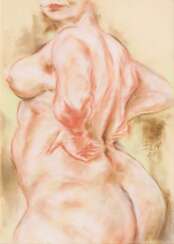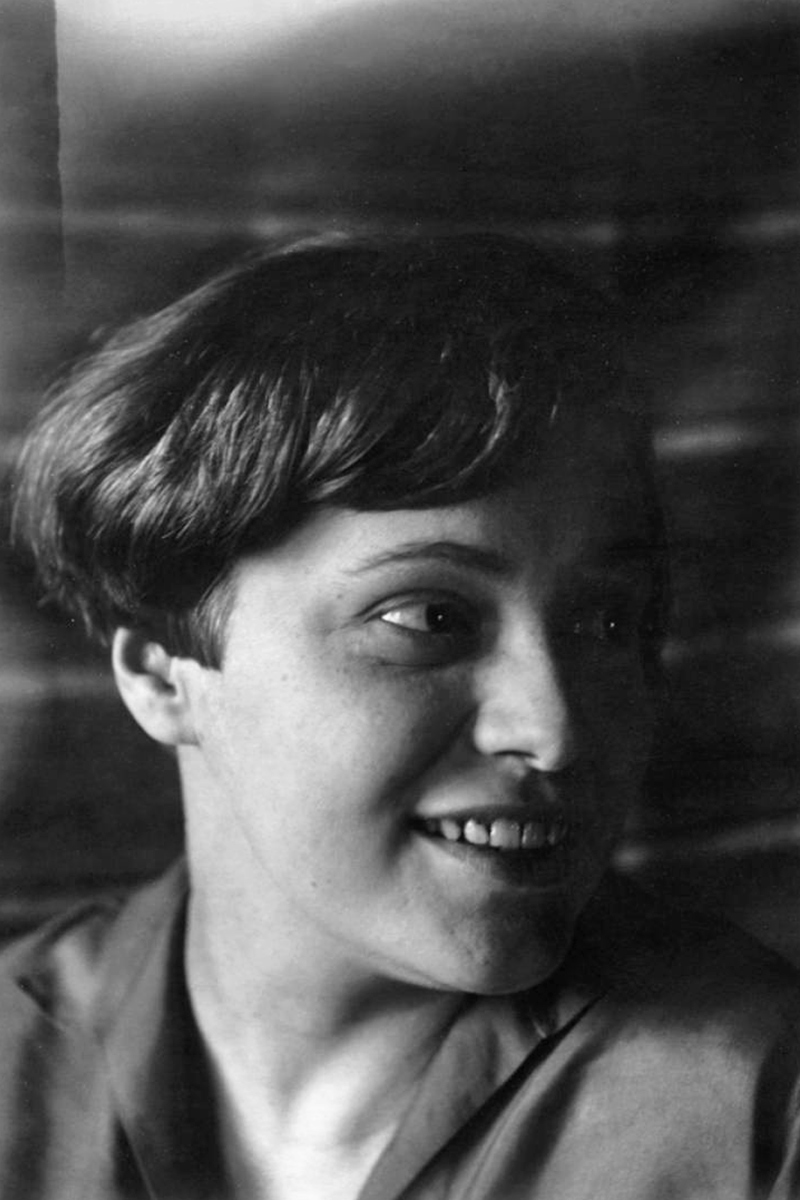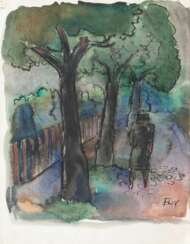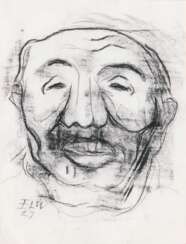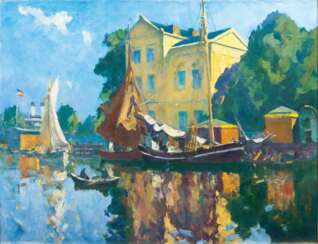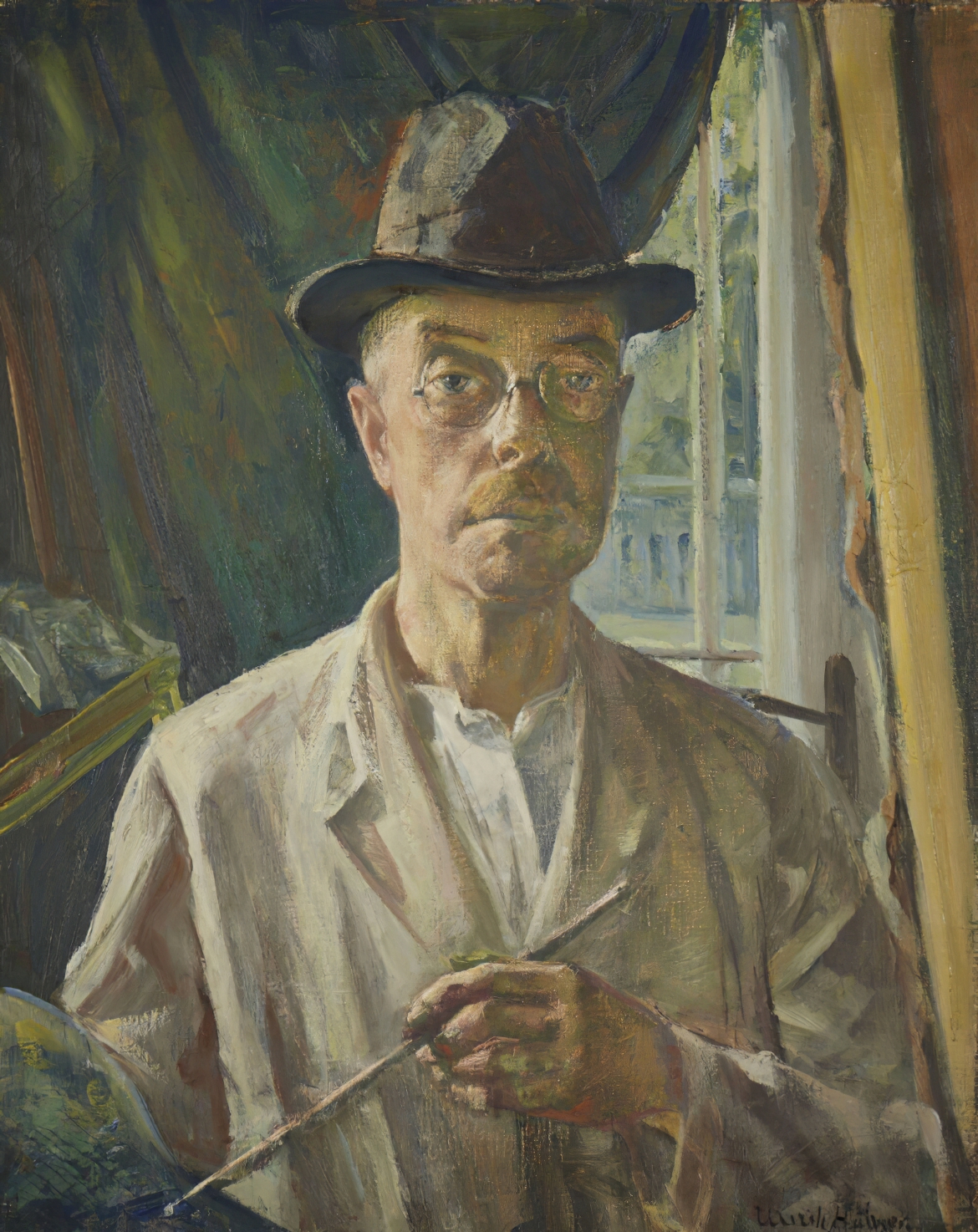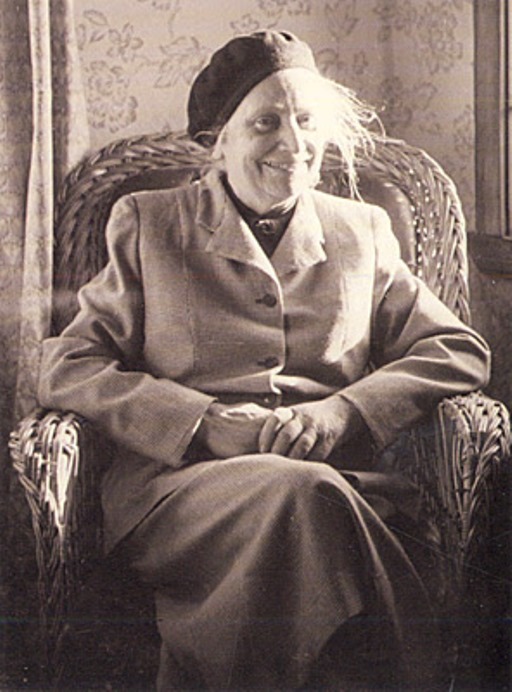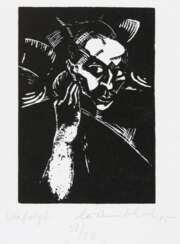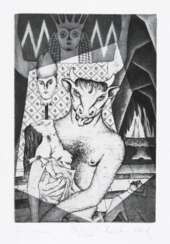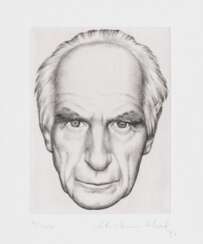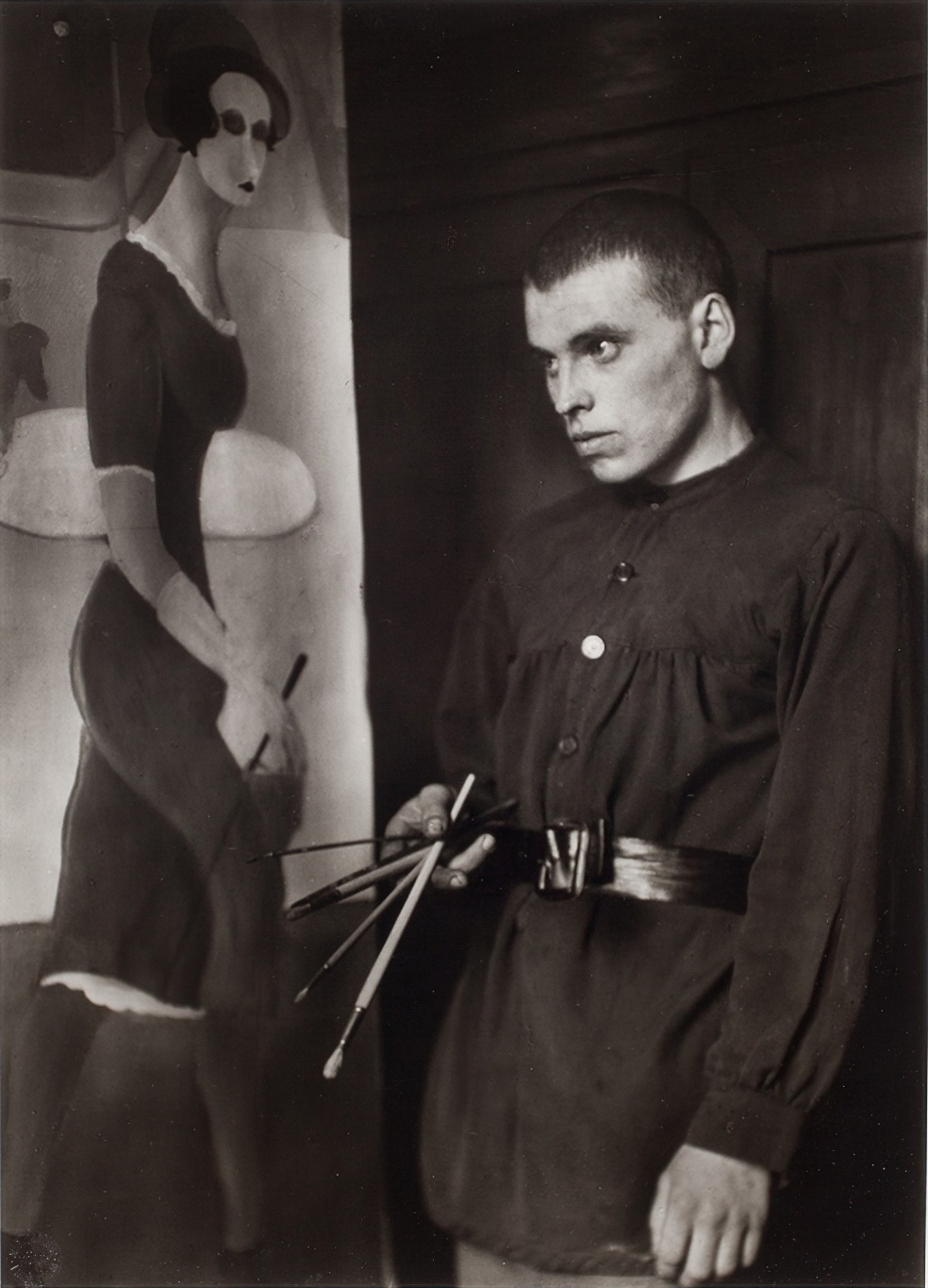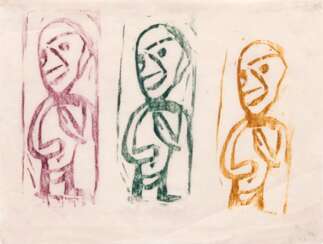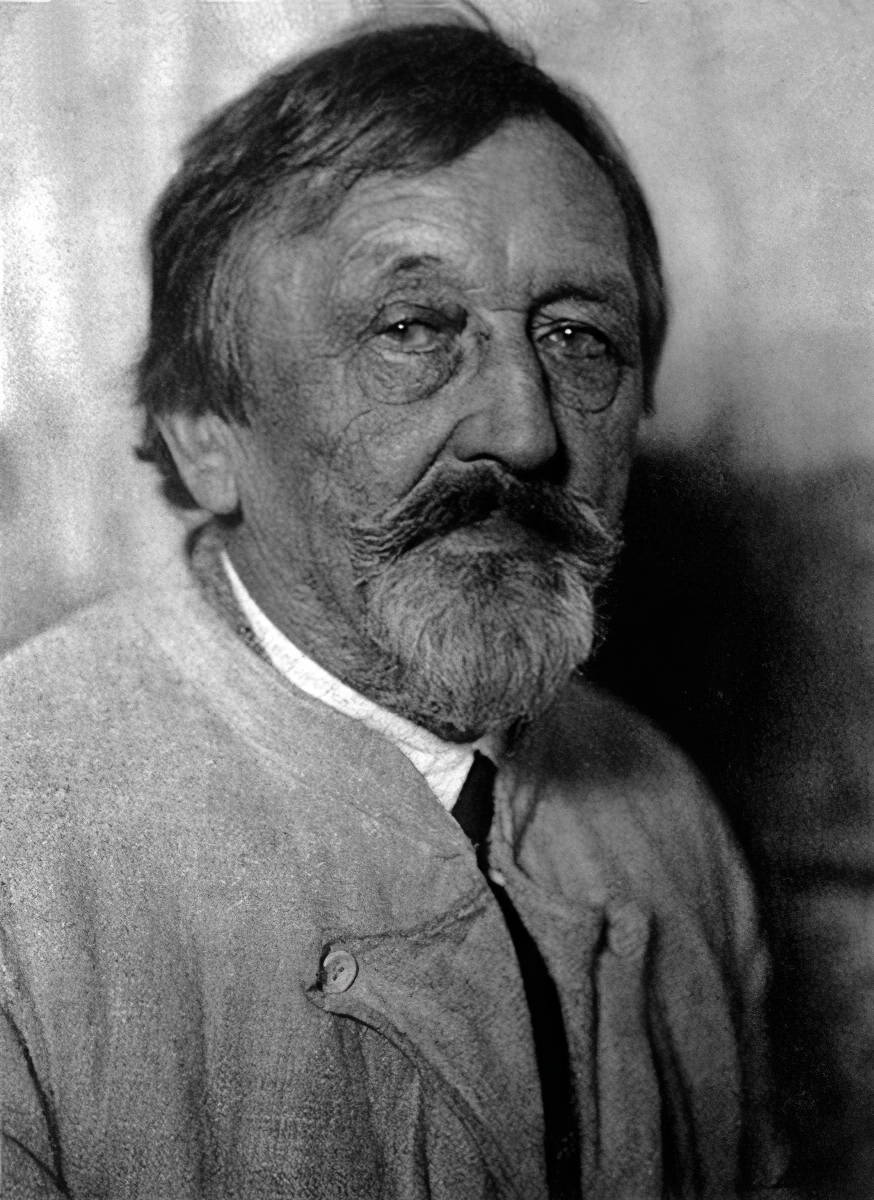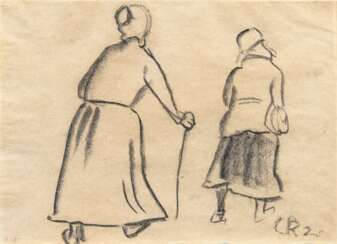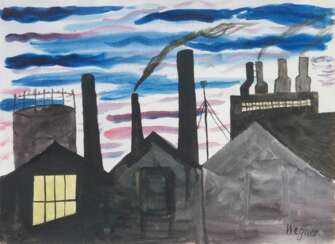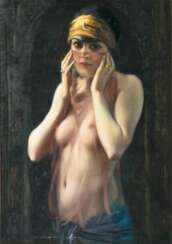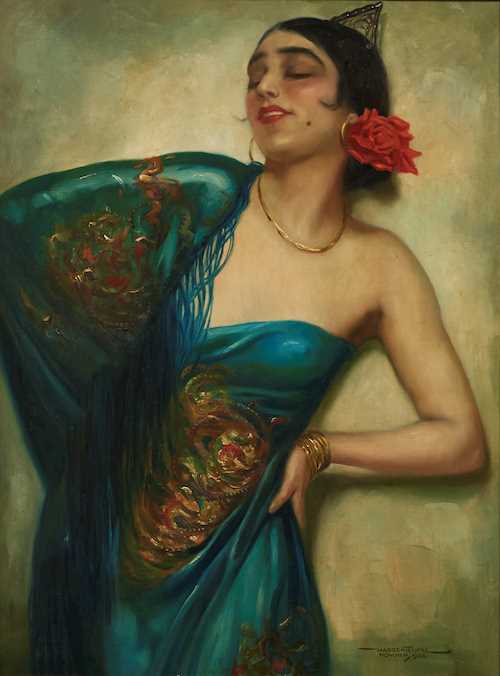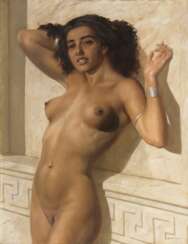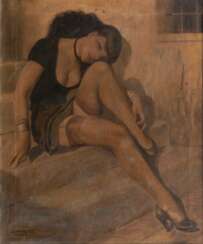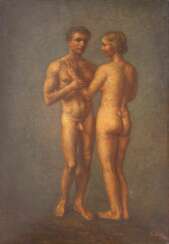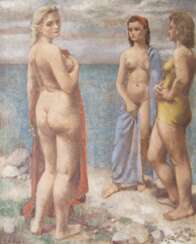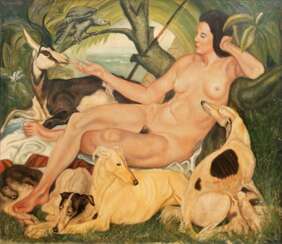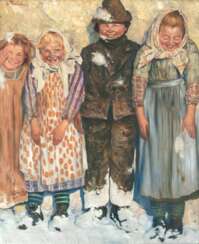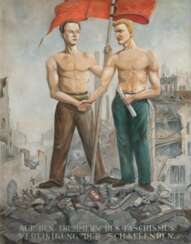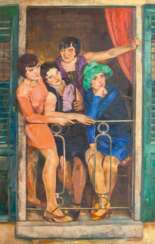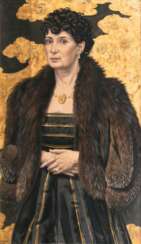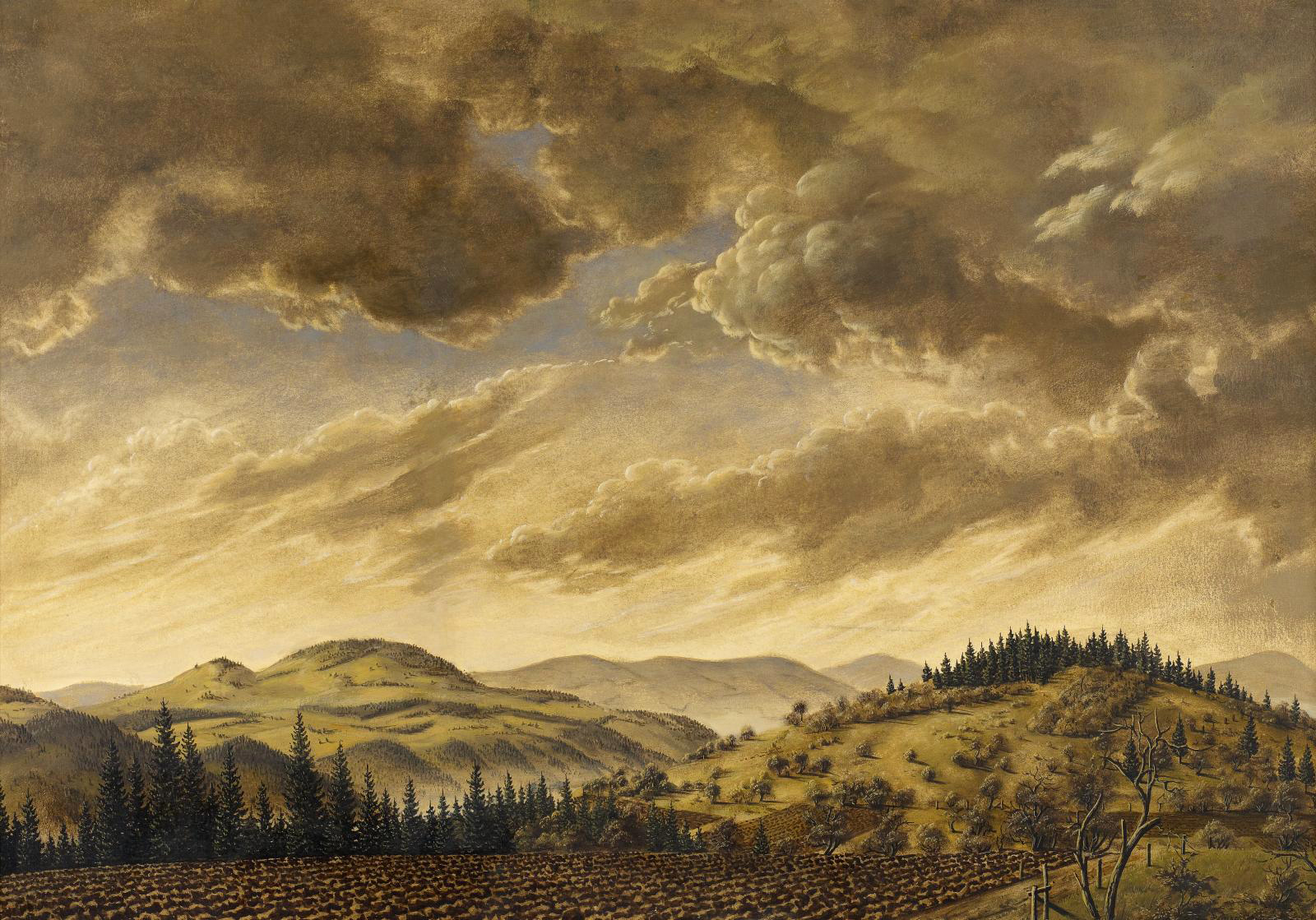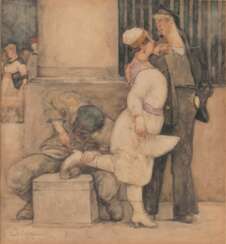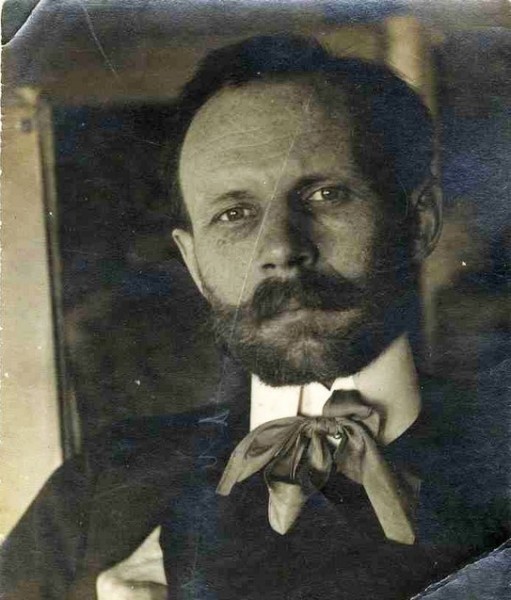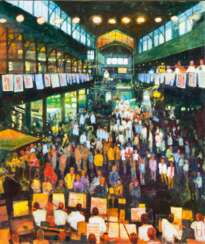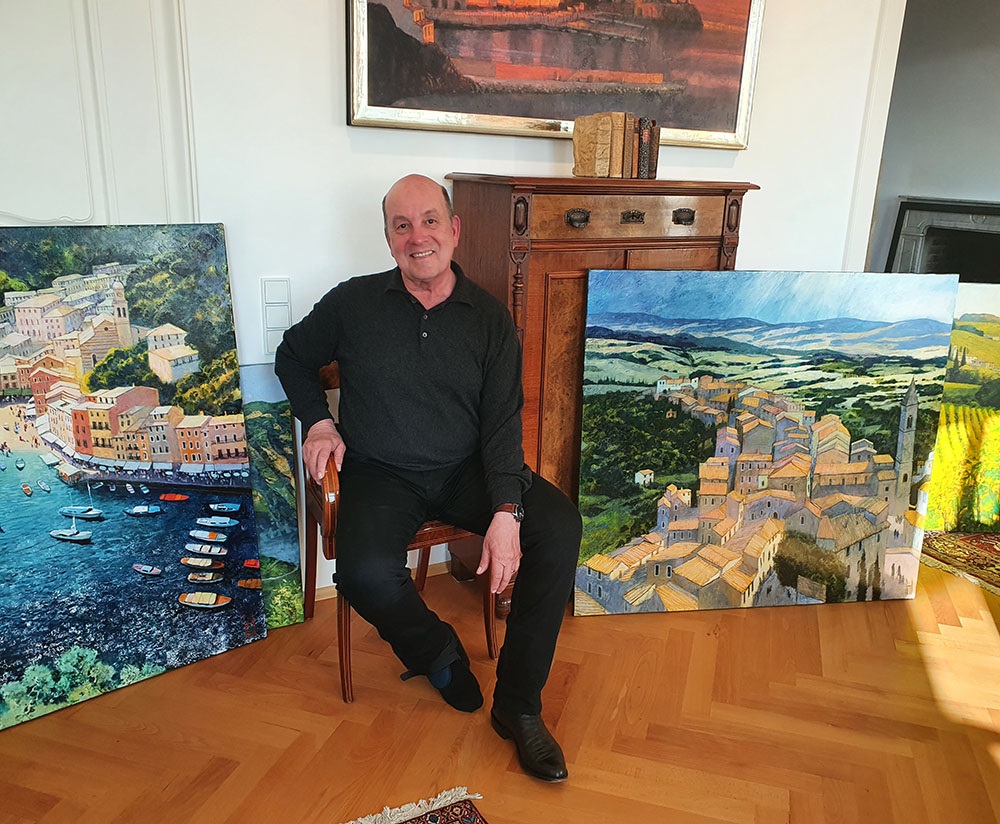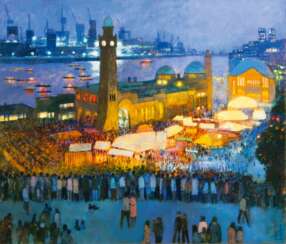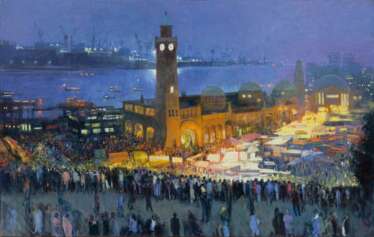
Modern and Contemporary art — Art and antiques
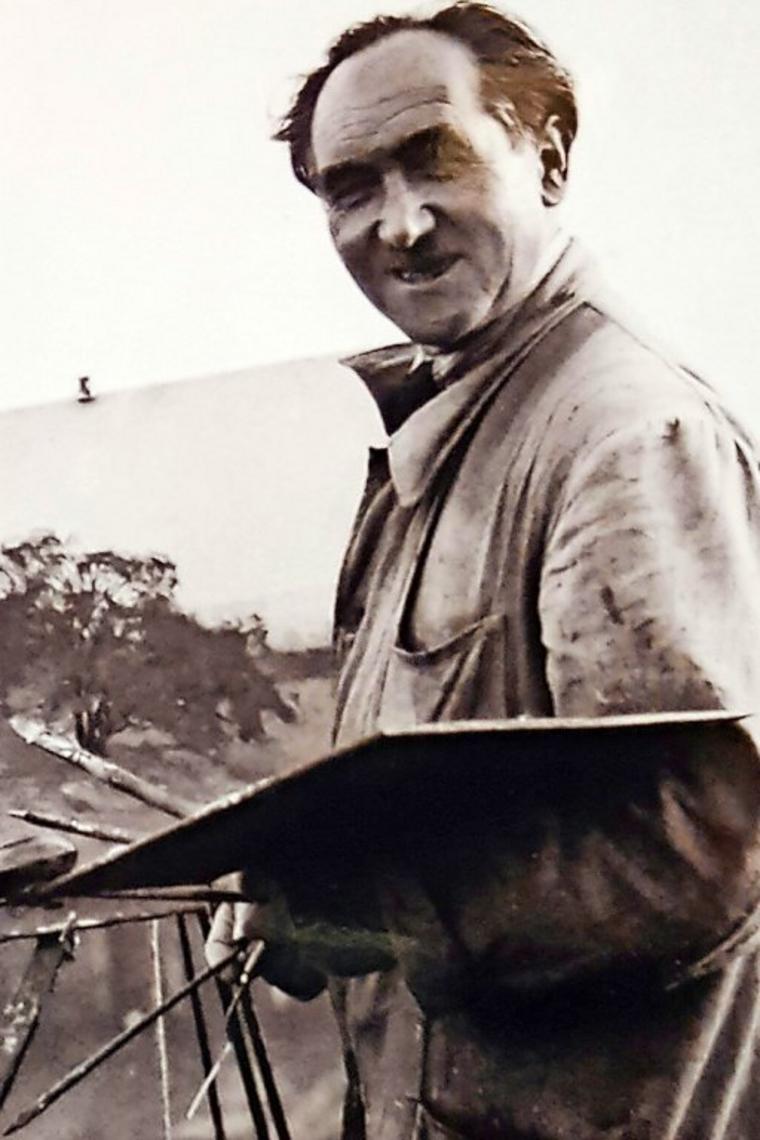
Otto Altenkirch was a German impressionist painter and stage designer. He studied at the Berlin University of the Arts and the Dresden Academy of Fine Arts.
Otto Altenkirch was one of the founders of the Künstlervereinigung Dresden, one of the artists who worked at the Dresden Museum and the Opera House.
For two decades one of his favourite subjects was the linden alley in Rheinsberg. In 1941 and 1943 his works were exhibited in the Große Deutsche Kunstausstellung (exhibition of Nazi-approved art in Munich).

Emil Nolde, a German-Danish artist, stands out as a pivotal figure in the Expressionist movement, celebrated for his vibrant use of color and dynamic brushwork. Born on August 7, 1867, Nolde was initially self-taught, developing a style that later became synonymous with expressive use of color and form. His early work included religious themes and landscapes, characterized by their emotional intensity and innovative color palette. Nolde's contributions to art were not limited to painting; he also excelled in printmaking, creating a significant body of work that includes etchings, woodcuts, and lithographs.
One of Nolde's most noteworthy periods was his time spent on the Baltic Sea island of Alsen from 1903 to 1916, where he produced seascapes that captured the natural world's dynamic essence. His painting "Meer Bei Alsen" (Sea Off Alsen) is a testament to this period, showcasing his ability to convey movement and emotion through color. Furthermore, Nolde's fascination with religious and mythological themes is evident in works like "Dance Around the Golden Calf," where he employs vivid colors and expressive figures to explore complex narratives.
Despite his artistic achievements, Nolde's life was not without controversy. During the Nazi regime, his work was labeled "degenerate," and he faced significant professional and personal challenges. Nonetheless, Nolde continued to create, producing a series of watercolors known as the "Unpainted Pictures" during this time. After World War II, Nolde's reputation was rehabilitated, and he was once again celebrated as a leading figure in modern art.
Nolde's legacy is preserved at the Nolde Foundation Seebüll, a museum dedicated to his life and work, established in the year of his death, 1956. His influence on the field of modern art, particularly within Expressionism, is undeniable, with his bold approach to color and form inspiring subsequent generations of artists.
For art collectors and experts, Nolde's work offers a compelling study in the evolution of modern art, reflecting the tumultuous times he lived through and his unyielding dedication to artistic expression. His ability to capture the essence of his subjects, from the natural beauty of the sea to the depths of human emotion, makes his work a valuable addition to any collection.
To stay updated on sales and auction events related to Emil Nolde's work, signing up for updates is recommended. This subscription service ensures you're informed about the latest opportunities to acquire pieces by this influential artist.

Christian Schad was a German painter and photographer. He was associated with the Dada and the New Objectivity movements. Considered as a group, Schad's portraits form an extraordinary record of life in Vienna and Berlin in the years following World War I.

Christian Schad was a German painter and photographer. He was associated with the Dada and the New Objectivity movements. Considered as a group, Schad's portraits form an extraordinary record of life in Vienna and Berlin in the years following World War I.

Christian Schad was a German painter and photographer. He was associated with the Dada and the New Objectivity movements. Considered as a group, Schad's portraits form an extraordinary record of life in Vienna and Berlin in the years following World War I.
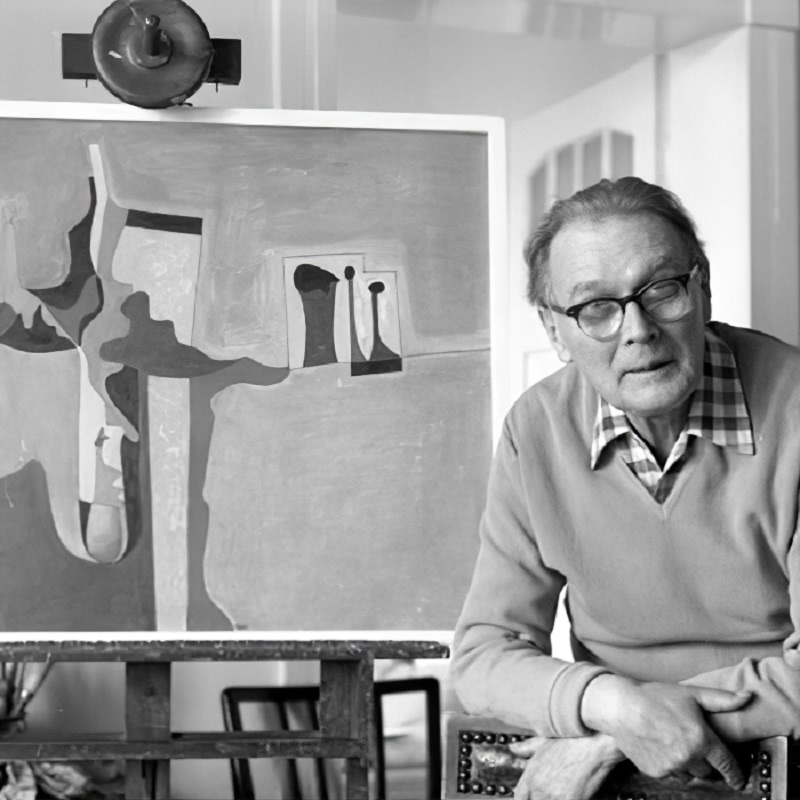
Erich Wegner was a German artist. His work was heavily influenced by the expressionist movement, and he often depicted scenes of daily life in a bold and expressive style.
Wegner's paintings were characterized by their thick brushstrokes and vibrant colors, which conveyed a sense of energy and movement. He often painted urban scenes, such as street scenes and cityscapes, and also produced numerous portraits and still-life compositions.
During the Nazi regime in Germany, Wegner's work was deemed "degenerate" and he was forbidden to exhibit his art. Despite this, he continued to work in secret and later resumed exhibiting his work after the war.
Today, Wegner's work is held in collections around the world, including the National Gallery in Berlin and the Museum of Modern Art in New York.
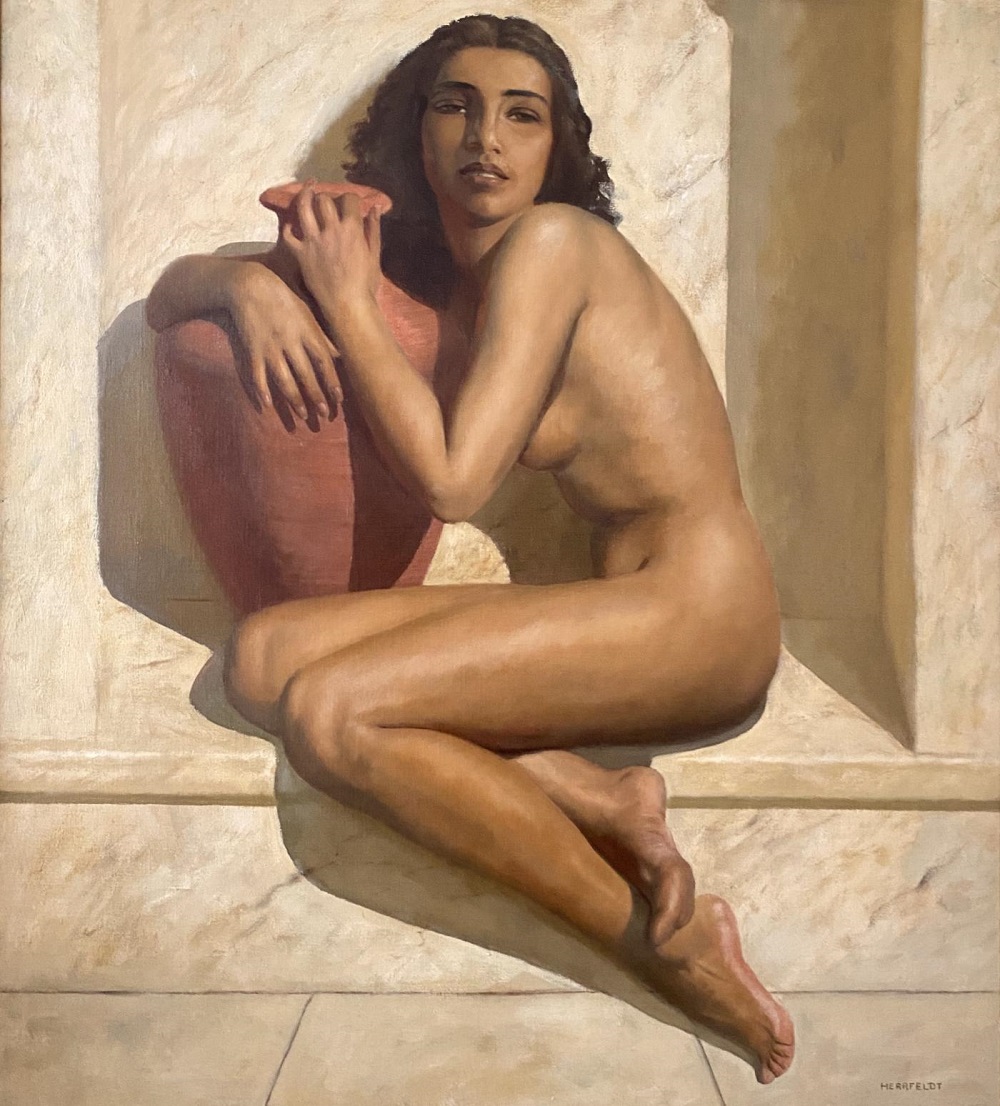
Marcel René von Herrfeldt was a German painter and protagonist of the Munich School. Initially adhering to the movement of Art Nouveau sans phrase, Herrfeldt later integrates elements of New Objectivity. Fusing Art Nouveau and elements of New Objectivity, he develops a style referred to as expressive realism in respective literature.

Marcel René von Herrfeldt was a German painter and protagonist of the Munich School. Initially adhering to the movement of Art Nouveau sans phrase, Herrfeldt later integrates elements of New Objectivity. Fusing Art Nouveau and elements of New Objectivity, he develops a style referred to as expressive realism in respective literature.


